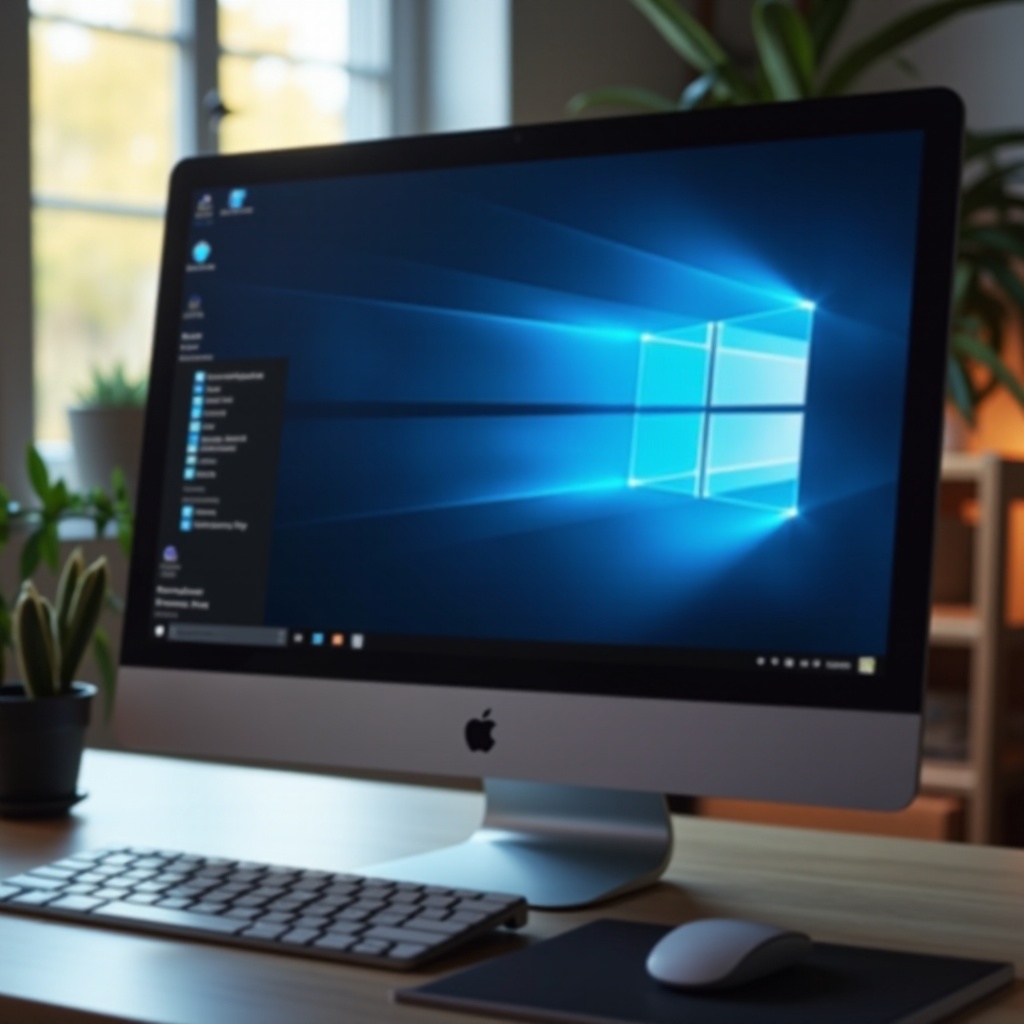How to Lock the Windows Key for Improved Focus and Productivity
Introduction
In the complex world of multitasking and seamless workflows, the Windows key on your keyboard can be both a boon and a bane. Situated conveniently between the Ctrl and Alt keys, it provides a quick access point to the Start menu and countless shortcuts. Nevertheless, in scenarios that demand undivided focus—like intensive gaming or professional work—an inadvertent press of this key can interrupt your momentum drastically. Therefore, understanding how to strategically lock the Windows key is vital for those who seek improved focus and heightened productivity. This comprehensive guide equips you with various methods to manage the Windows key effectively.

Understanding the Windows Key and Its Impact
The Windows key is often the gateway to efficient task execution, allowing quick navigation through functions like Win+D to showcase the desktop or Win+E for launching File Explorer. Despite these conveniences, accidental usage can derail your workflow by opening unwanted menus or minimizing active applications—these disruptions can be especially bothersome during time-sensitive tasks. Such distractions, though momentary, may result in extended delays in completing objectives. Hence, especially in high-stakes environments, understanding and controlling the Windows key’s functionality becomes indispensable.
Reasons to Lock the Windows Key
Locking the Windows key is not merely a helpful trick for gamers but a necessary tool for anyone who values uninterrupted workflows. In the realm of gaming, a misclick could lead to minimized screens or disrupted gameplay, and within professional settings, such mistakes impede productivity by interrupting focus and rhythm. For those frequently crafting presentations or coding with precision, locking the key enhances task continuity significantly, giving you complete dominion over your workspace. These scenarios highlight a pressing need to adopt techniques that manage these disruptions adeptly.

Methods for Locking the Windows Key
Achieving a locked Windows key employs a combination of native Windows utilities and external software resources. The following sections delve into specific methods to manage this functionality effectively.
Using the Group Policy Editor
One of the most reliable ways to disable the Windows key is via Group Policy Editor, a tool typically available in professional or educational editions of Windows:
- Open the Run dialog by pressing
Win + R. - Enter
gpedit.mscand hit Enter to bring up the Group Policy Editor. - Follow the path to User Configuration > Administrative Templates > Windows Components > File Explorer.
- Find and double-click on Turn off Windows Key Hotkeys.
- Choose Enabled and apply the changes.
This method ensures a methodical approach, seamlessly integrating the change with system policies without the need for additional software.
Third-Party Software Solutions
If Group Policy Editor is unavailable, or you seek a more customizable approach, third-party software provides advantageous alternatives:
- AutoHotkey:
- Download AutoHotkey from its website.
- Draft a script with this content:
;Disable Windows Key
LWin::Return
RWin::Return - Save and execute the script.
- KeyTweak or SharpKeys: These utilities offer straightforward interfaces to remap or disable keys, perfect for users less comfortable with coding.
Both options afford a level of flexibility and customization beyond built-in system tools, catering to advanced users who desire tailor-made solutions.
Editing the Registry
For those who are more technically inclined, editing the Windows Registry provides a direct and robust method to lock the key:
- Initiate the Run dialog via
Win + R, typeregedit, and press Enter. - Navigate through to
HKEY_LOCAL_MACHINE\SYSTEM\CurrentControlSet\Control\Keyboard Layout. - Right-click to add a new Binary Value called Scancode Map.
- Set the binary data to:
00 00 00 00 00 00 00 00
02 00 00 00 00 00 5B E0
00 00 5C E0 00 00 00 00
This action remaps the Windows keys to perform no function. - To implement changes, restart your computer.
While potent, this method demands precision. It’s recommended for users familiar with system configurations and potential risks involved.

Step-by-Step Guide to Each Method
Each method outlined offers unique advantages tailored to various user needs. For instance, the Group Policy Editor serves ideal for administrators within professional contexts, offering systematic change implementation. On the other hand, AutoHotkey and similar software empower users with more configurable options, appealing to both enthusiasts and seasoned users seeking precision. Meanwhile, Registry editing stands as a powerful tool yet requires meticulous attention, ideal for those who prefer a hands-on approach with comprehensive understanding of system operations.
Troubleshooting Common Issues
Encountering issues is not uncommon when altering key functionalities. If unexpected behaviors arise, retrace your steps to ensure procedural accuracy. Focus particularly on double-checking in the Registry Editor where incorrect entries can lead to undesirable system states. For software methods, confirm the scripts or software are actively running without interference. Restarting your device can often align changes successfully. Safeguard your data with regular backups prior to initiating these alterations as a safety measure.
Conclusion
In summary, locking the Windows key can significantly refine your computing experience by minimizing intrusion, thereby fostering an environment supportive of effective work execution. Whether deploying Group Policy, experimenting with third-party programs, or editing the Registry, picking a method should align with both your comfort level and technical expertise. Through diligent application, these strategies not only protect your focus but also amplify productivity, ensuring your interactions with technology are seamless and efficient.
Frequently Asked Questions
Can I unlock the Windows key after disabling it?
Yes, you can reverse these changes. Use the same method in reverse or delete the applied modifications.
Are these methods safe for my computer?
Generally, these methods are safe. However, ensure you follow instructions precisely and consider backing up essential data.
What should I do if these methods don’t work?
Double-check each step for accuracy. Consult forums or professional support if the problem persists. In software solutions, verify installation paths and settings.

